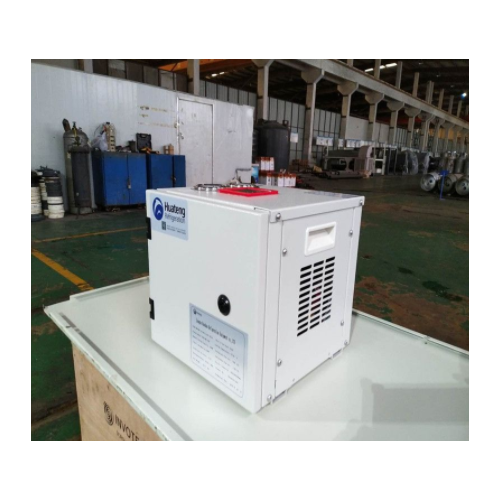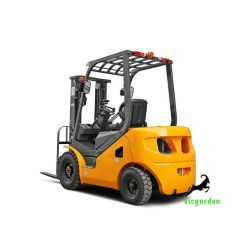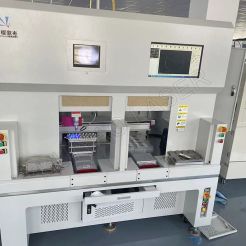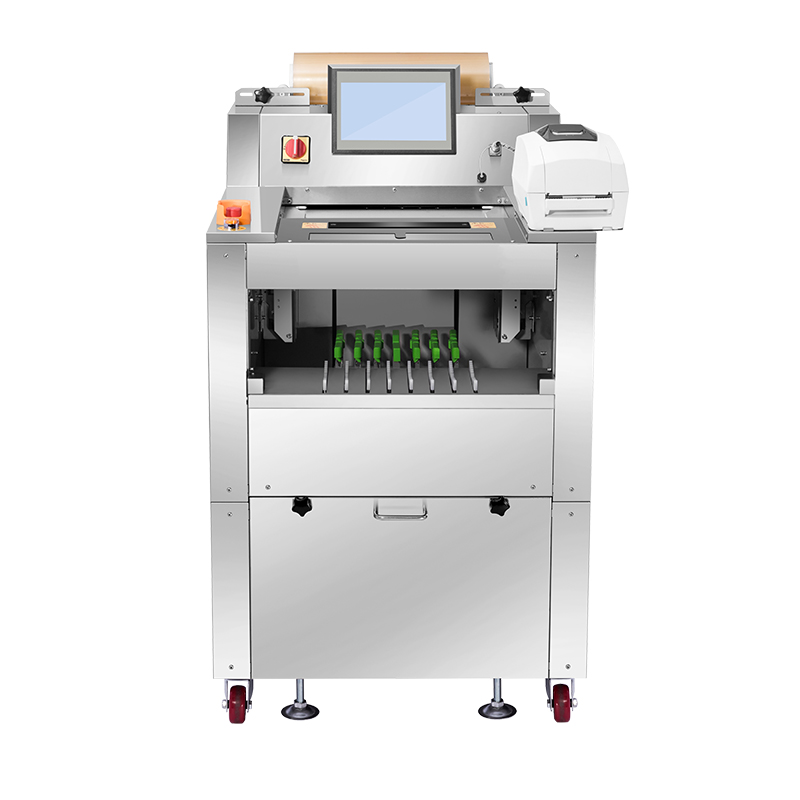DC Small size portable water chiller
Small water chiller use DC power supply, using coolant as heat transfer medium, transferring heat generated by other instruments or equipment that need to be cooled, and dissipating heat to the outside of the equipment through the refrigeration system, thus ensuring that theequipment works within the normal temperature range.
Product Description
Small water chiller use DC power supply, using coolant as heat transfer medium, transferring heat generated by other instruments or equipment that need to be cooled, and dissipating heat to the outside of the equipment through the refrigeration system, thus ensuring that theequipment works within the normal temperature range.
The cooling machine and the instrument and equipment rely on the pump pressure to form a closed medium circulation, and the temperature sensor detects the medium temperature to implement the control of the refrigerator. If you have any question on small water chiller, please consult us.
Mini water chiller application
The small water chiller is a micro refrigeration system that especially applies to a microclimate cooling system and provides extraordinary cooling capacity for the extremely hot environment and confined space.
1. The portable water chiller applies for microclimate cooling system and provides extraordinary cooling capacity for laser, computer, body cooling, racing, firefighter, EV battery, electronics, medical & aesthetic device.
2. They cool machines and tools during drilling, welding, milling, and other forms of metalworking, but also during tool changes.
3. Due to their compact size, small cooling water recirculating chillers are also frequently found in laboratories. Small Water Chillers are used for cooling autoclaves, reactors, measuring instruments, and other objects.
Click Here to Get More Compact Water Chiller Details!
Technicial parameter of Mini Water Chiller System
| Small size water cooled chiller | |||
| Item | Description | Unit | Parameter |
| 1 | Water cooled chiller | Model | HTB-M1.5S-24/36D |
| 2 | Power | DC24/36V | |
| 3 | Cooling capacity | W | 1500 |
| Kcal/h | 1290 | ||
| 4 | Power consumption | W | 240 |
| 5 | Running Amps | A | 11.7 |
| 6 | Compressor | Type | Small DC compressor |
| Quantity | 1 | ||
| Starting method | Direct start | ||
| 7 | Refrigerant | Type | R134a |
| Quantity | 300g | ||
| Control | Capillary | ||
| 9 | Evaporator | Type | Plate heat exchanger |
| Water inlet temp (℃) | 24 | ||
| Water outlet temp (℃) | 19 | ||
| Water flow rate (L/h) | 172 | ||
| Water pipe | DN10 | ||
| 10 | Condenser | Type | Plate heat exchanger |
| Water inlet temp (℃) | 30 | ||
| Water outlet temp (℃) | 35 | ||
| Water flow rate (L/h) | 220 | ||
| Water pipe | DN10 | ||
| 13 | Dimension | L*W*H(MM) | 300*300*280 |
| 14 | Weight | KG | 20.7kg |
| Small Portable Chiller Configuration table: | |||
| High Performance Spare Parts & Accessories | |||
| Item | Specification | Brand | Country of origin |
| 1 | DC Compressor | Hitachi/Panasonic | Japan |
| 2 | Evaporator | SWEP | Sweden |
| 3 | Condenser | SWEP | Sweden |
| 4 | Dry filter | Emerson | America |
| 5 | Capillary | Customized | China (Huazhao) |
| 6 | Microcomputer controller | Customized | China (Huazhao) |
| 7 | Pressure Switch | Danfoss | Denmark |
| 8 | Refrigeration | DuPont | America |
| 9 | Pressure gauge | SK | China |
Small Water Chiller Units advantage
The benefits of small water chiller include ultra-small radiator and high heat flux. This Miniature Water Chiller does not only facilitate installation but also assures end users having excellent cooling performance. Users only need to connect the liquid inlet pipe and outlet pipe to get the chilled liquid they expected.
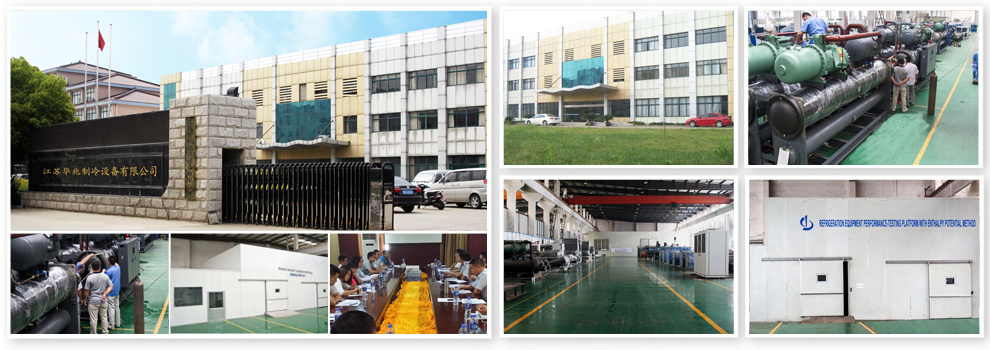
A Reliable Supplier for Small Water Chiller and Leading Small Cooling Solution Manufacturer
Huazhao small water chiller offers 12V, 24V, and 48V voltage input options and is compatible with various currents. It is widely applied to battery, electronics, laser, medical devices and other thermal management of precise instruments. Small water cooled chiller provides excellent cooling performance. Apart from the standard small chiller system, Huazhao also custom-made or personalized small cooling modules to meet customers' special demands. Just contact us.
FAQ about small water chiller
Q: What is a small water chiller?
A: A small water chiller is a refrigeration system designed to cool water or other liquids to a specific temperature. It typically consists of a compressor, condenser, evaporator, and refrigerant, and it uses a refrigeration cycle to transfer heat from the water to the surrounding environment, cooling the water to the desired temperature.
Q: What are some common applications of small water chillers?
A: Small water chillers are used in a variety of applications, including:
◆Process cooling: Small water chillers are commonly used in industrial processes that require the cooling of equipment or products, such as in food and beverage production, pharmaceutical manufacturing, and laser cutting.
◆Air conditioning: Small water chillers can be used for cooling water in HVAC systems to provide air conditioning for commercial or residential buildings.
◆Laboratory and scientific applications: Small water chillers are often used in laboratories and scientific research settings to maintain precise temperatures for experiments or equipment, such as in medical and pharmaceutical research, chemical analysis, and material testing.
◆Aquaculture: Small water chillers are used in fish tanks or aquaculture systems to maintain optimal water temperature for fish and other aquatic organisms.
◆Beverage dispensing: Small water chillers are used in beverage dispensing systems, such as in restaurants, bars, and coffee shops, to cool water for various beverages, including carbonated drinks, juices, and cocktails.
Q: What are the advantages of using small water chillers?
A: Some advantages of using small water chillers include:
◆Precise temperature control: Small water chillers can provide precise temperature control, ensuring that water or other liquids are cooled to the desired temperature consistently.
◆Compact size: Small water chillers are typically compact in size, making them suitable for applications where space is limited.
◆Energy-efficient: Small water chillers are designed to be energy-efficient, helping to reduce energy consumption and operating costs.
◆Low maintenance: Small water chillers generally require minimal maintenance, making them easy to operate and maintain.
◆Versatility: Small water chillers can be used in a wide range of applications, making them versatile for different industries and settings.
Q: What are the key factors to consider when selecting a small water chiller?
A: When selecting a small water chiller, some key factors to consider include:
◆Cooling capacity: Choose a water chiller with the appropriate cooling capacity for your application. The cooling capacity should be able to meet the cooling requirements of your process or equipment.
◆Temperature range: Consider the temperature range that the water chiller can achieve and ensure it meets the temperature requirements of your application.
◆Energy efficiency: Look for water chillers with high energy efficiency ratings, such as those with Energy Star certifications, to reduce operating costs and minimize environmental impact.
◆Footprint and installation requirements: Consider the physical size and installation requirements of the water chiller to ensure it fits within your available space and can be installed easily.
◆Maintenance requirements: Check the maintenance requirements of the water chiller, such as filter replacements, condenser cleaning, and refrigerant checks, to understand the ongoing maintenance needs and associated costs.
◆Reliability and durability: Consider the reliability and durability of the water chiller, including the quality of components, warranty offered, and customer reviews, to ensure it is built to last and can provide reliable performance.
Q: Are there any safety considerations when using small water chillers?
A: Yes, there are safety considerations when using small water chillers, such as:
①Electrical safety: Ensure that the water chiller is properly grounded and connected to a suitable power source to prevent electrical hazards.
②Refrigerant safety: Some small water chillers use refrigerants that may be hazardous to human health or the environment. Follow proper handling, storage, and disposal procedures for refrigerants to ensure safety and compliance with regulations.
③Hot surfaces: The condenser of a water chiller can become hot during operation. Take precautions to avoid touching hot surfaces and provide adequate ventilation to dissipate heat.
④Water quality: Ensure that the water circulated through the chiller is of suitable quality to prevent fouling or corrosion of the system. Regularly monitor and maintain water quality to avoid potential issues.
⑤Proper operation: Follow the manufacturer's instructions and guidelines for the safe operation of the water chiller, including startup, shutdown, and operating procedures. Avoid any unauthorized modifications or tampering with the system.
⑥Maintenance safety: If maintenance or servicing of the water chiller is required, follow proper lockout/tagout procedures, and use appropriate personal protective equipment (PPE) as needed.
Always refer to the manufacturer's documentation and guidelines for the safe operation, installation, and maintenance of your particular small chiller model. If you have any safety concerns or questions, please consult our professionals.
